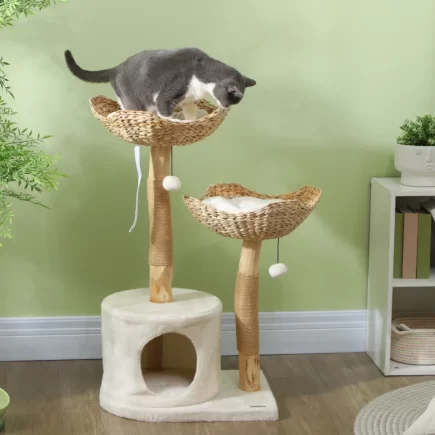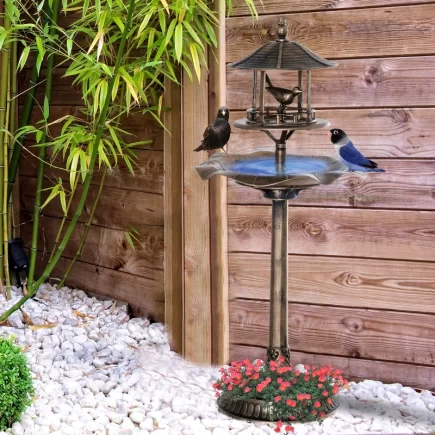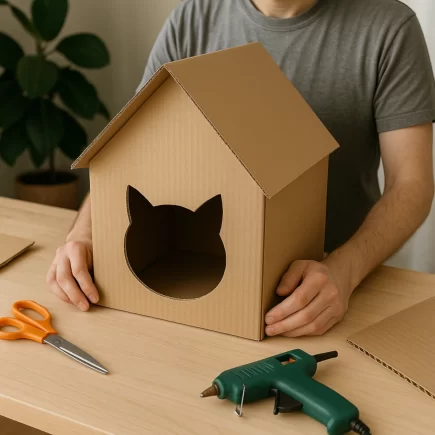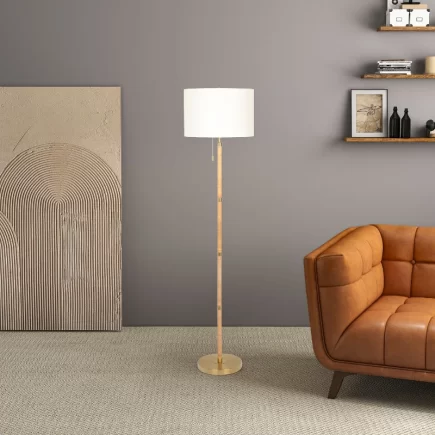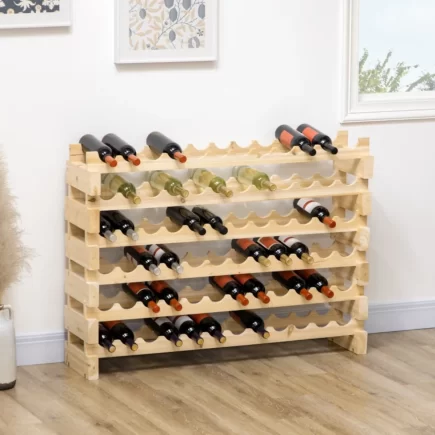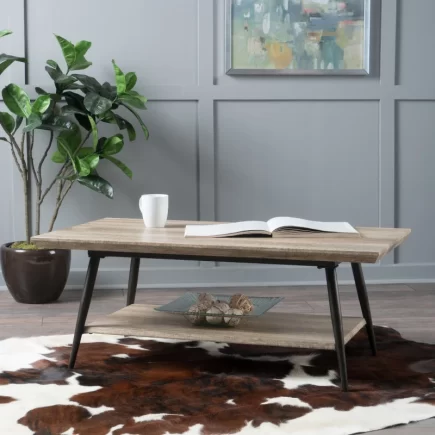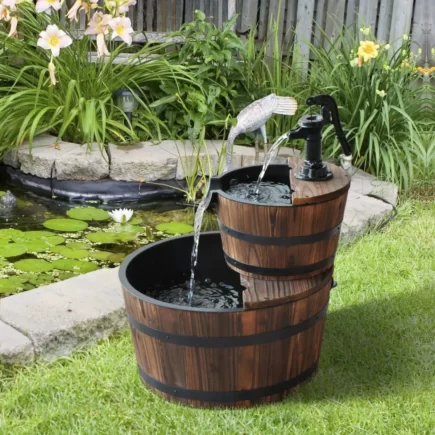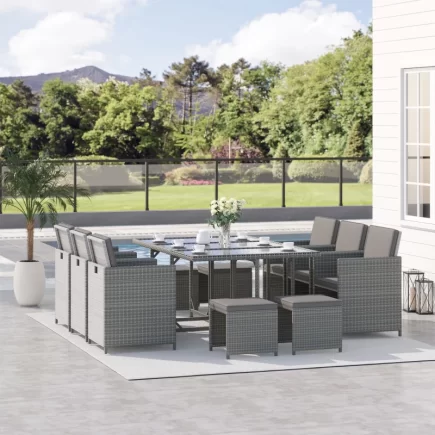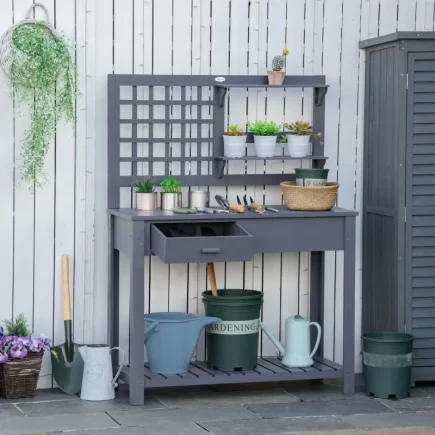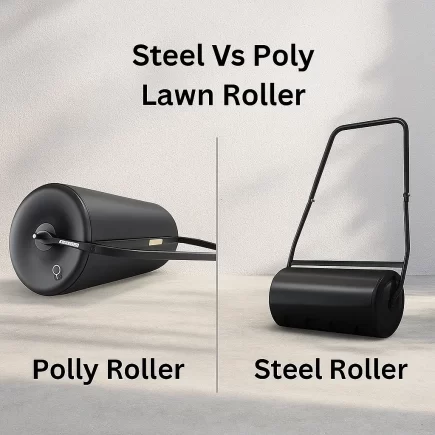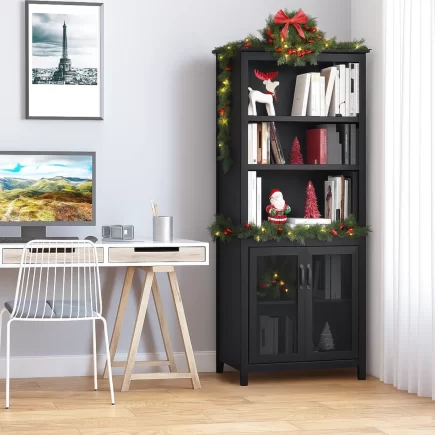Egg chairs have taken the world of home and patio design by storm. With their cocoon-like structure and sleek curves, they offer a modern twist on relaxation furniture. Inspired by mid-century and bohemian design, the egg chair combines comfort, durability, and style into one visually striking piece. Whether used indoors in a reading nook or outdoors on a sunny patio, its enveloping shape and deep seat provide a sense of privacy and calm that’s hard to beat.

This DIY guide will walk you through each step of constructing a high-quality, weather-resistant egg chair. You’ll get expert-level insights with straightforward instructions, making it easier than ever to bring this elegant furniture piece to life.
Tools & Materials Checklist
Before diving into the build, gather the necessary tools and materials. Having the right equipment ensures structural integrity and aesthetic success.
Tools Needed
| Tool | Purpose |
| Pipe bender | For shaping frame components |
| Welder | Required for joining metal frame pieces |
| Drill & screws | Assembly of structural elements |
| Measuring tape | Ensuring accuracy in dimensions |
| Rattan weaving tools (awl, pliers, scissors) | To facilitate weaving PE rattan |
| Staple gun | To secure cushion fabric and padding |
| Sandpaper or grinder | Smooth finishing and weld cleanup |

Materials Required
| Material | Description |
| Iron or steel tubing | Main frame, powder-coated for durability |
| PE rattan | Synthetic wicker, UV and water-resistant |
| PP cotton | High-resilience fill for cushions |
| Fabric (outdoor-grade) | Cushion covers, preferably with tufted styling |
| Adjustable foot pads | Protect flooring and add leveling capability |
| Protective finishing spray | Optional UV/weatherproof layer |
Make sure you choose high-quality, outdoor-rated materials to ensure the egg chair will stand up to both time and weather.
Design Specifications
Adhering to precise measurements guarantees both comfort and strength. Use these dimensions as your primary template for building:
| Feature | Specification |
| Height | 61.5 inches |
| Width | 39.75 inches |
| Depth | 35 inches |
| Seat Height (floor to cushion) | 15 inches |
| Backrest Width | 26.5 inches |
| Seat Depth | 29.5 inches |
| Weight Capacity | 352 lbs |
| Finished Weight | ~35 lbs |
These proportions allow for a deep, supportive seat and enough room to curl up comfortably. The chair is engineered for adults and suitable for both indoor and outdoor environments.
Step-by-Step Construction Process
Design & Planning
Start with a scaled drawing or a digital 2D plan of the egg shape. This will help guide your cuts and ensure symmetry. Mark locations for horizontal and vertical supports where the rattan will weave through. Consider sketching full-size templates on plywood or cardboard for precise bending and assembly.
- Trace the outline of the egg shape.
- Plan crossbars every 6-8 inches.
- Determine leg placement and base supports.
Frame Construction (with Dimensions)
Use powder-coated iron tubing for strength and weather resistance. Aluminum is also an option for lighter weight but may require additional reinforcement.
Materials and Cuts Overview:
- Main Frame:
- Material: Iron tubing
- Dimensions: 1.25″ diameter x ~160″ total
Details: This tubing will be used to create the egg shape. The total length is sufficient for bending, and it will be curved into the egg shape using a pipe bender.

- Crossbars:
- Material: Iron rods
- Dimensions: 4 pcs, each 28-30″
Details: These crossbars will provide horizontal support inside the frame, where the rattan weaving or seating material will fit. The crossbars will be spaced 6-8 inches apart to provide structural integrity and support to the frame.
- Legs:
- Material: Iron tubing
- Dimensions: 4 pcs, 18-20″ long, angled 45°
Details: These legs will connect to the circular base ring and provide stability for the chair. The 45° outward angle of the legs is ideal for aesthetic and structural balance.
Form the Egg Shape
Use a pipe bender to curve a continuous piece of tubing (~160″) into a symmetrical egg/teardrop shape.

The tallest point should measure 61.5 inches vertically, and the widest point 39.75 inches horizontally.
Weld the Egg Frame
Weld the two ends of the bent tubing securely at the bottom center of the frame.
In this step, you are adding horizontal crossbars inside the frame of the egg chair to provide extra support for the rattan weave. The crossbars should be spaced about 6-8 inches apart, ensuring a steady foundation for the weaving material. Each crossbar should measure 28-30 inches in length, depending on the size of the frame.
These horizontal bars act as a support structure, preventing the rattan from sagging or becoming loose over time.
They also help distribute the weight evenly, ensuring the chair remains sturdy and durable. When installing these crossbars, it’s essential to ensure they are securely fastened to the frame, as they will bear the tension from the weaving process.
Create the Base Legs
Once the horizontal bars is welded, the next step is to attach four legs to the ring. These legs should be between 18-20 inches in length and positioned at a 45° outward angle.
This angle ensures both stability and a visually pleasing symmetry, preventing the chair from tipping over while adding to its modern, aesthetic appeal. Securely weld the legs to the base for a firm attachment.

Install Foot Pads
Weld or screw in adjustable foot pads at the end of each leg to prevent floor damage and allow for easy leveling.
These steps ensure a stable, weather-resistant structure that supports the full weight capacity of 352 lbs.
Surface Preparation
Grind and Smooth All Welds (Iron Frame)
The frame of this chair is made from iron, a strong but rust-prone material. To ensure a neat, safe finish:

- Use a grinder to smooth all visible and structural welds.
- This helps eliminate any rough, jagged points that could damage the PE rattan or pose a safety risk.
Sand Down Sharp Edges & Clean the Frame
After grinding:
- Sand all edges and corners to ensure the surface is smooth and safe for handling or sitting.

- Wipe the entire frame with a clean, damp cloth to remove dust, oil, and metal shavings before coating.
Apply Anti-Rust Coating or Powder Coat
The chair already features a powder-coated finish, which:
- Adds a durable, weather-resistant layer to the metal frame.
- Prevents corrosion, especially in humid or rainy outdoor conditions.
- Contributes to the modern, clean look of the furniture.
Weaving the Wicker
PE rattan is highly recommended for its durability and ease of maintenance.
Steps:
- Cut the rattan into manageable lengths.
- Begin weaving at the base and work upward in even rows.
- Weave the material through the horizontal and vertical bars, keeping spacing consistent.
- Maintain tension to ensure a firm and supportive backrest.
- Secure ends discreetly using glue or tight knots hidden in the frame.
Helpful Tip: Soaking PE rattan in warm water briefly makes it more flexible for tight corners and smooth wrapping.
Assembly & Finishing Touches
- Place the finished cushion inside the wicker shell.
- Attach the back cushion using integrated straps.
- Check the chair’s balance and test for any wobbling.
- Apply UV-protectant spray to the rattan for extended outdoor use.
- Give the entire piece a final wipe-down to remove dust or fingerprints.
Tips for Use & Maintenance
Best Locations
- Covered patios
- Sunrooms
- Bedrooms
- Porches
- Garden corners
To keep your Patio Wicker Egg Chair in optimal condition, regular maintenance is key. It is recommended to wipe the frame and rattan weekly with a damp cloth and mild soap to keep the surfaces clean and free of dirt or debris. This simple step helps preserve the integrity of the materials, especially when used outdoors. Additionally, store the cushions when not in use to protect them from mold, mildew, and fading caused by prolonged exposure to moisture and sunlight.
From its handwoven PE rattan exterior to its plush, tufted cushions, your custom egg chair will stand as a symbol of both craftsmanship and comfort. Whether you place it in your reading nook or out on the deck, it will soon become your favorite spot to unwind. For more furniture ideas and high-quality outdoor decor, explore the Egg Chair collection at Aosom.
FAQs
1. What is the best material for an egg chair?
The best materials for an egg chair include weather-resistant rattan or wicker for the frame, and durable, comfortable cushions made from outdoor fabric such as polyester or Sunbrella. These materials offer strength, comfort, and resistance to fading, moisture, and UV rays.
2. What makes a good egg chair?
A good egg chair offers a balance of comfort, style, and durability. Key features include ergonomic design for support, high-quality materials like woven rattan or metal, thick, plush cushions, and a stable, sturdy base or suspension system. It should also be weather-resistant for outdoor use.
3.What is the weight limit on a hanging egg chair?
The weight limit on a hanging egg chair typically ranges from 250 to 350 pounds, depending on the materials used and the strength of the frame. Always check the manufacturer’s guidelines for specific weight limits to ensure safety and stability when using the chair.

